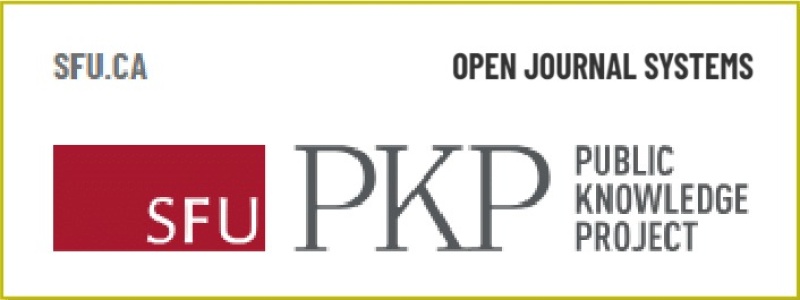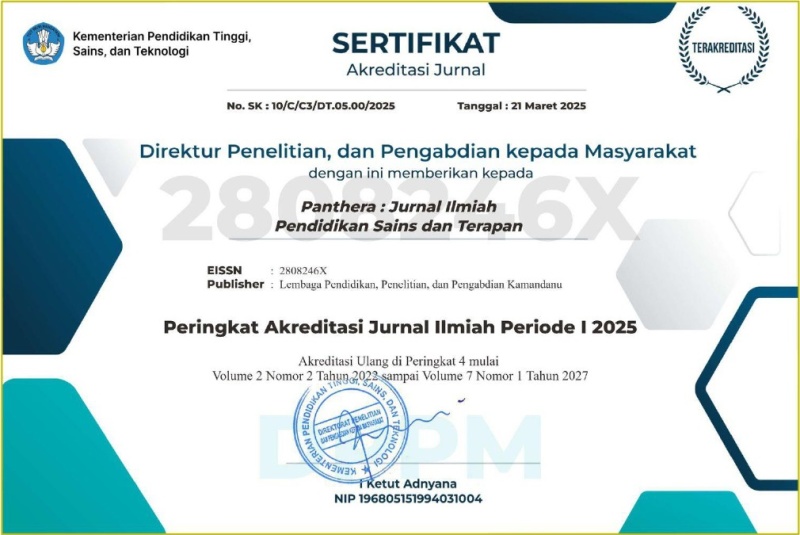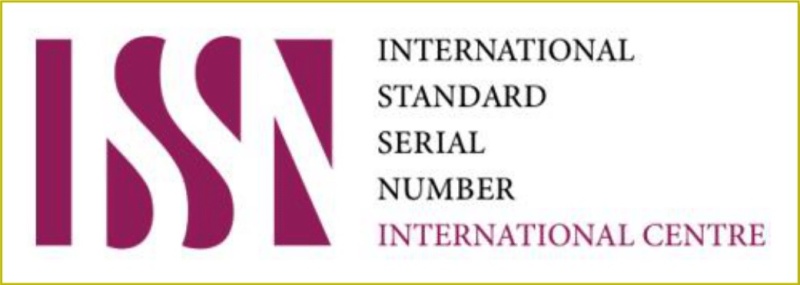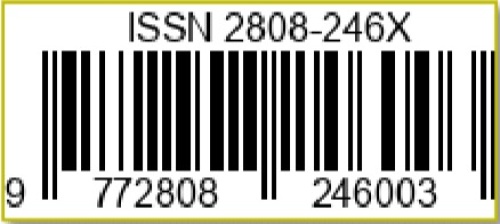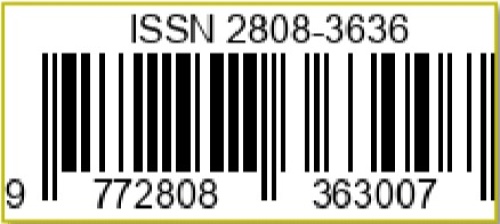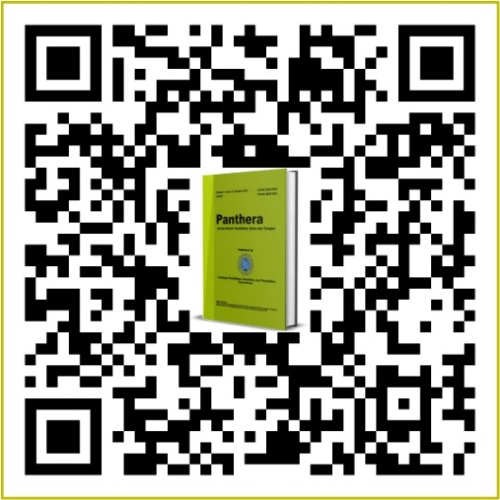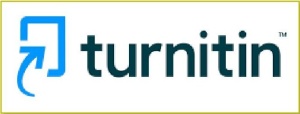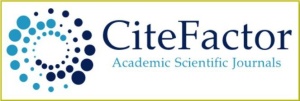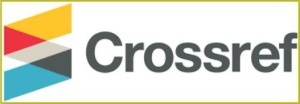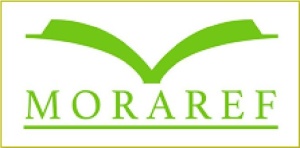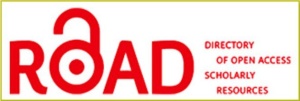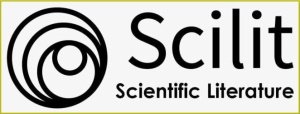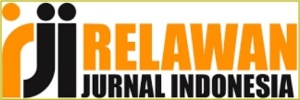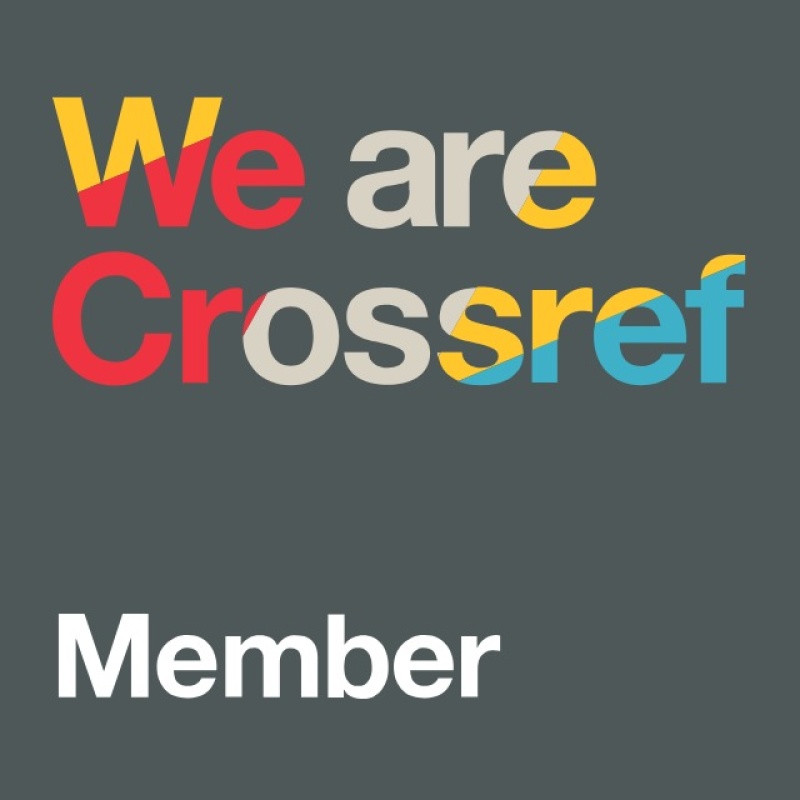Struktur Komunitas Diatom di Perairan Pantai Cemara Kabupaten Lombok Barat sebagai Dasar Penyusunan Modul Sistematika Cryptogamae
DOI:
https://doi.org/10.36312/panthera.v3i2.168Keywords:
Community Structure, Diatoms, Cryptogamae Systematics Module.Abstract
The waters of Cemara Beach, Lembar District, West Lombok Regency, have extraordinary marine potential. One of Indonesia's marine biodiversity is Diatom microalgae. The aims of this study were: 1) to find out the types of Diatoms in Cemara Beach, West Lombok Regency; 2) to determine the level of Diatom abundance in Cemara Beach, West Lombok Regency; 3) to determine the diversity index of Diatoms in Cemara Beach, West Lombok Regency; 4) to determine the evenness of Diatoms in Cemara Beach, West Lombok Regency; 5) to determine the species population that dominates the Diatom community in Cemara Beach, West Lombok Regency; and 6) to determine the validity of the Cryptogamae systematics module developed based on research results. This type of research is descriptive research and development research using the 4D model from Thiagarajan which is modified into 3D. Descriptive research is a form of research aimed at describing existing phenomena, both natural phenomena and man-made phenomena, while development research is research consisting of define, design, and develop. From the results of the study it can be seen that there are 12 species of Diatoms found, namely Diatoma Hyalina kutzing numbering 6, Chaetoceros didinum Enhenberg varanglica numbering 3, Chaetoceros subsecundum Hustedt numbering 18, Chaetoceros pendulum Karsten numbering 2, Chaetoceros compressum Lauder numbering 37, Skeletonema costatum Cleve totaling 20 , Pseudo nitzhia seriata numbered 7, Nitzhia pungen numbered 4, Thalassionema nitzchiodes Grunov numbered 40, Biddulphia mobiliensis Bailey numbered 1, Hemiaulus sinensis Greville numbered 20, Euchampia comuta Grunow numbered 7. In the data on the abundance of Diatom species at station I there were 65 species, station II totaling 45 species, and station III totaling 55 species. In the analysis of the diversity index, the number of species at station I was 0.967 species, station II was 0.965, station III was 0.998 species, in the evenness analysis the number of species at station I was 0.998, station II was 0.335, station III was 0.998 species, while in the dominance analysis Diatoms The number of Diatoms at station I was 26.5063, station II was 24.2886, and station III was 15.2543. While the development research obtained the results from the validators: content/material expert on average 4, linguist on average 3.9, and display expert on average 4.3 with a good category and no need for revision. So it can be concluded that the module is feasible to use.
Downloads
References
Abidin, Z., & Purbawanto, S. (2015). Pemahaman Siswa terhadap Pemanfaatan Media Pembelajaran Berbasis Livewire pada Mata Pelajaran Teknik Listrik Kelas X Jurusan Audio Video di SMK Negeri 4 Semarang. Edu Elektrika Journal, 4(1), 38-49. https://doi.org/10.15294/eej.v4i1.7800
Aprisanti, R., Mulyadi, A., & Siregar, S. H. (2013). Struktur Komunitas Diatom Epilitik Perairan Sungai Senapelan dan Sungai Sail, Kota Pekanbaru. Jurnal Ilmu Lingkungan, 7(2), 241-252. http://dx.doi.org/10.31258/jil.7.2.p.241-252
Armanda, D. T. (2013). Pertumbuhan Kultur Mikroalga Diatom Skeletonema costatum (Greville) Cleve Isolat Jepara pada Medium f/2 dan Medium Conway. BIOMA: Jurnal Ilmiah Biologi, 2(1), 49-63. https://doi.org/10.26877/bioma.v2i1,%20April.399
Asriani, T., & Santiadjinata, W. (2015). Metode Kultur Massal Diatom sebagai Sediaan Pakan Alami pada Pembenihan Udang Windu (Penaeus monodon). Buletin Teknik Litkayasa Akuakultur, 13(2), 147-154. https://doi.org/10.15578/blta.6.1.2007.35-38
Djumanto., Probosunu, N., & Ifriansyah, R. (2013). Indek Biotik Famili sebagai Indikator Kualitas Air Sungai Gajahwong Yogyakarta. Jurnal Perikanan Universitas Gadjah Mada, 15(1), 26-34. https://doi.org/10.22146/jfs.9095
Fadli, M. R. (2021). Memahami Desain Metode Penelitian Kualitatif. Humanika : Kajian Ilmiah Mata Kuliah Umum, 21(1), 33-54. https://doi.org/10.21831/hum.v21i1.38075
Febriana, I., Kusmana, C., & Rahmat, U. M. (2019). Komposisi Jenis Tumbuhan dan Analisis Sebaran Langkap (Arenga obtusifolia Mart.) di Taman Nasional Ujung Kulon. Jurnal Pengelolaan Sumberdaya Alam dan Lingkungan, 10(1), 52-65. https://doi.org/10.29244/jpsl.10.1.52-65
Hartono, F. A., Prabowo, P. B., & Revianti, S. (2015). Aplikasi Gel Kitosan Berat Molekul Tinggi dan Rendah terhadap Ketebalan Epitel Mukosa pada Proses Penyembuhan Luka Pencabutan Gigi. Denta: Jurnal Kedokteran Gigi, 9(1), 1-10.
Linarwati, M., Fathoni, A., & Minarsih, M. M. (2016). Studi Deskriptif Pelatihan dan Pengembangan Sumberdaya Manusia serta Penggunaan Metode Behavioral Event Interview dalam Merekrut Karyawan Baru di Bank Mega Cabang Kudus. Journal of Management, 2(2), 1-8.
Rahayu, S. M., Damar, A., & Krisanti, M. (2022). Perbedaan Konsentrasi Nitrat dan Intensitas Cahaya terhadap Laju Pertumbuhan Diatom Chaetoceros muelleri. Acta Aquatica: Aquatic Sciences Journal, 9(2), 95-100. https://doi.org/10.29103/aa.v9i2.8126
Rahmah, N., Zulfikar, A., & Apriadi, T. (2022). Kelimpahan Fitoplankton dan Kaitannya dengan Beberapa Parameter Lingkungan Perairan di Estuari Sei Carang, Tanjungpinang. Journal of Marine Research, 11(2), 189-200. https://doi.org/10.14710/jmr.v11i2.32945
Roito, M., Siregar, Y. I., & Mubarak. (2014). Analisis Struktur Komunitas Diatom Planktonik di Perairan Pulau Topang, Kabupaten Kepulauan Meranti, Provinsi Riau. Jurnal Perikanan dan Kelautan, 19(2), 22-32. http://dx.doi.org/10.31258/jpk.19.2.22-32
Safnowandi. (2019). Keanekaragaman Plankton di Pantai Jeranjang Kabupaten Lombok Barat untuk Penyusunan Modul Ekologi Hewan. JUPE: Jurnal Pendidikan Mandala, 4(5), 195-201. http://dx.doi.org/10.58258/jupe.v4i5.860
______. (2021). Identifikasi Jenis Fitoplankton di Sungai Jangkok Kota Mataram sebagai Bahan Penyusunan Petunjuk Praktikum Ekologi. BIOMA: Jurnal Biologi dan Pembelajarannya, 3(2), 31-38. https://doi.org/10.31605/bioma.v3i2.1257
Samudra, S. R., Soeprobowati, T. R., & Izzati, M. (2013). Komposisi, Kemelimpahan, dan Keanekaragaman Fitoplankton Danau Rawa Pening Kabupaten Semarang. BIOMA: Berkala Ilmiah Biologi, 15(1), 6-13. https://doi.org/10.14710/bioma.15.1.6-13
Sanjaya, F., & Danakusuma, E. (2018). Evaluasi Kerja Pertumbuhan Diatom (Thalassiosira sp.) yang Diberi Dosis Silikat. Jurnal Ilmiah Satya Minabahari, 3(2), 82-93. https://doi.org/10.53676/jism.v3i2.46
Sugiyono. (2013). Metode Penelitian Kuantitatif, Kualitatif dan R&D. Bandung: CV. Alfabeta.
Syaifuddin, A. T., Umasiya’tiyan., & Melisa, A. O. (2020). Identifikasi Mikroalga pada Air Sumur di Daerah Kecamatan Kota Kabupaten Kudus. ALVEOLI: Jurnal Pendidikan Biologi, 1(2), 62-80. https://doi.org/10.35719/alveoli.v1i2.2
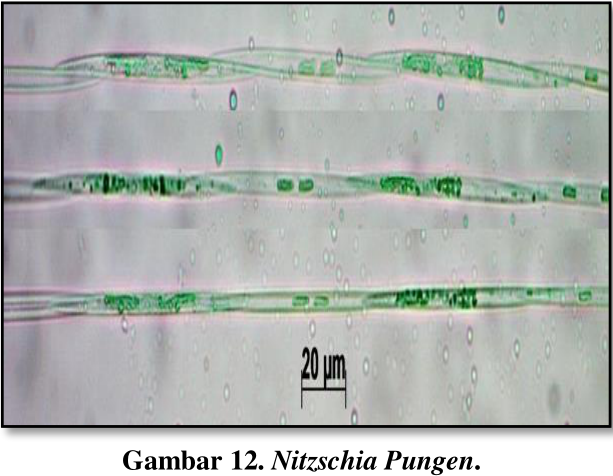
Downloads
Published
How to Cite
Issue
Section
License
Copyright (c) 2023 Tresia Siti Nurbaya

This work is licensed under a Creative Commons Attribution-ShareAlike 4.0 International License.
-
Attribution — You must give appropriate credit, provide a link to the license, and indicate if changes were made. You may do so in any reasonable manner, but not in any way that suggests the licensor endorses you or your use.
-
ShareAlike — If you remix, transform, or build upon the material, you must distribute your contributions under the same license as the original.

